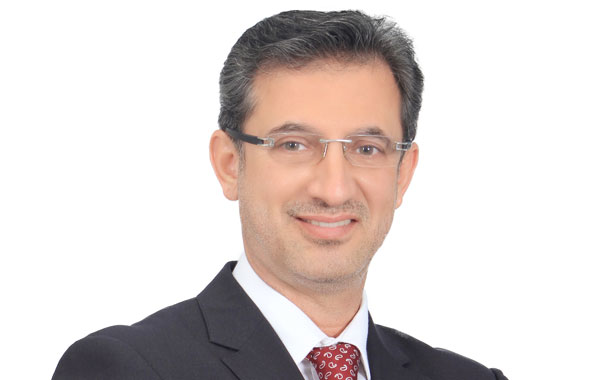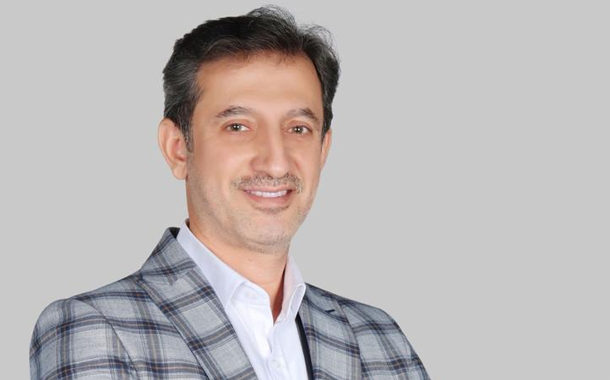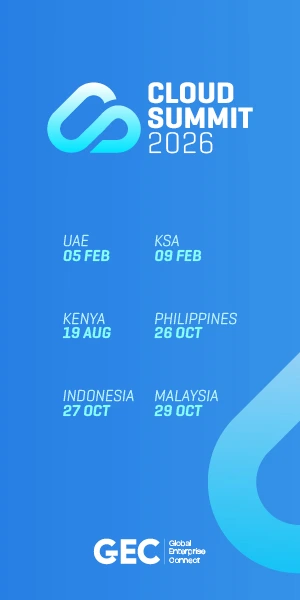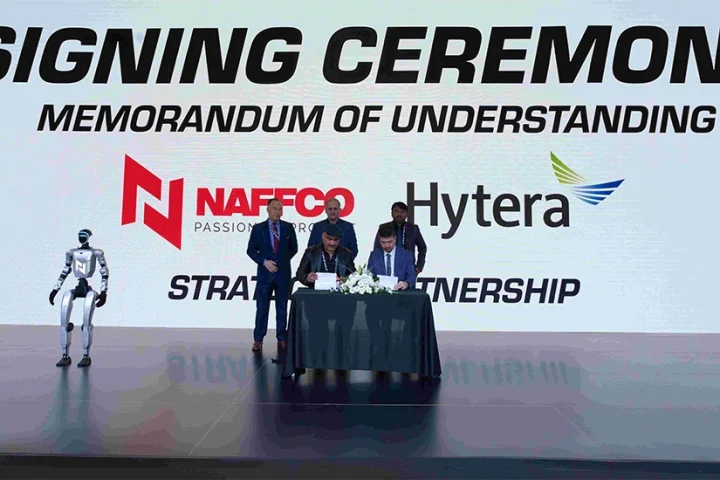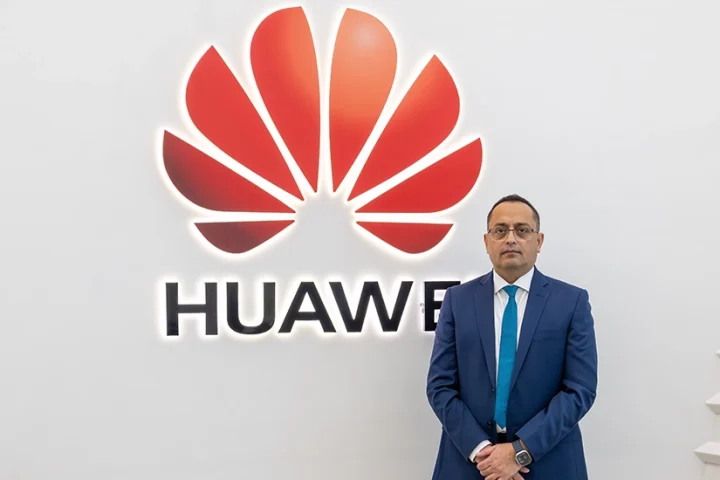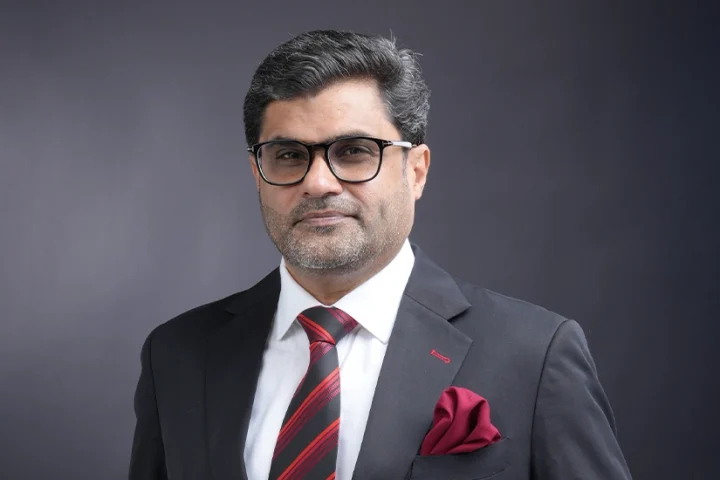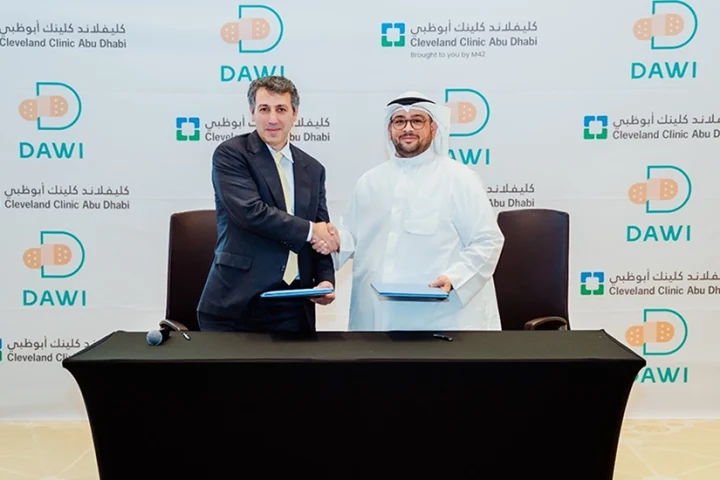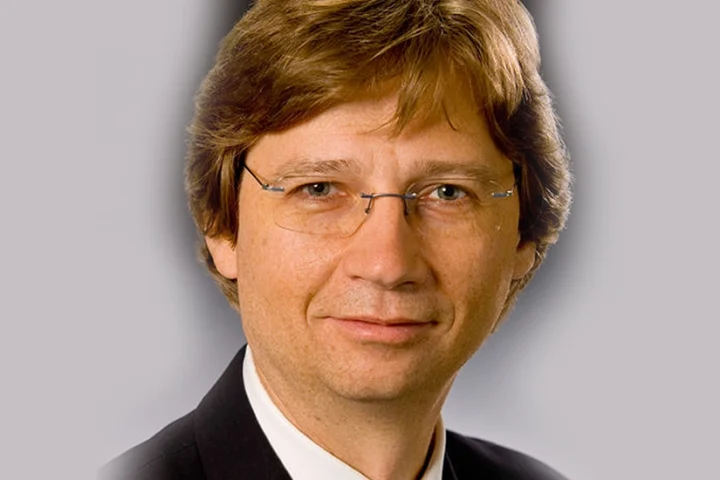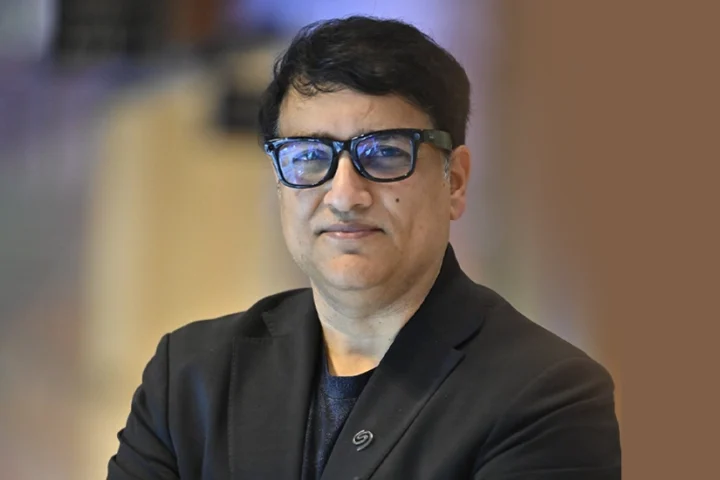Until recently, designers and installers would create an ideal cabling installation in the very first stages of cabling projects. The idea would be to come up with the most efficient solution for a specified network. However, today’s infrastructure calls for a new approach with the adoption of new technologies that are driving a continuous need for more bandwidth, such as IoT. On unprepared networks, this may lead to slowing down at certain times, or certain functions becoming unavailable. An inflexible cabling system can actually lead to huge costs and extra effort further down the road. How can you ensure your structured cabling and network architecture will meet unpredictable future demands, without over-specifying and investing too much?
The enterprise landscape is changing rapidly, driven by increased traffic and divers ways of working. Infrastructure design needs to accommodate the complex requirements of more and more converged environments in which previously separate systems are merging fast.
An explosive growth in bandwidth demand as people are transmitting more and more voice, data, and video files. The evolution in wireless technology is inevitable, with 24 billion web-connected devices, of which more than half are connected wirelessly and can transmit HD content. And further, a threefold increase in the amount of power transmitted over IP networks will significantly increase heat build-up inside cable bundles, which in turn may disrupt network IP traffic.
What’s more, evolving business requirements and new technologies mean that the way in which a building is used is likely to change over time. The number of people and devices may increase or decrease and new applications can be introduced. Nobody can predict the future, but by asking several questions, you can at least be as future-ready as possible. Which level of performance do your organisation’s users and devices require not only right now, but also in the future? Which specific conditions exist in your building or buildings and which distances need to be bridged? Are there specific requirements with regard to functionality or uptime? How flexible does your network need to be to accommodate probable – or more unlikely – future requirements?
Fibre To The Office, a centralised LAN cabling technology; It combines passive fibre cabling with active switches and requires no floor distributors or additional technical rooms. Combining fibre and copper means ample redundancy and power provision can be offered to each end-user and that networks can be fully reconfigured quickly and easily. FTTO infrastructures will outlast several generations of active equipment. There are also considerable benefits in terms of energy consumption, security, network administration, maintenance, rollout and associated costs. TCO can be 40% lower and OPEX 35%. FTTO combines the advantages of highly scalable fibre with fast-changing requirements for flexibility, cost-efficiency and interoperability.
In addition, another approach can be added to the FTTO solution. A digital ceiling concept- essentially a network of smart digital products and applications installed in the ceiling – enables the creation of distributed data and power consolidation points. Utilising a zone cabling architecture results in a cabling density that is designed to support different systems and devices that can be optimally positioned according to the function they serve.
By making smart choices at the outset, you can ensure your network will be able to handle requirements for years to come. Of course, every network has its own unique requirements. Our experts will gladly discuss your specific situation and any requirements you may have.
By Arafat Yousef, Managing Director, Middle East and Africa, Nexans Data Network Solutions.


